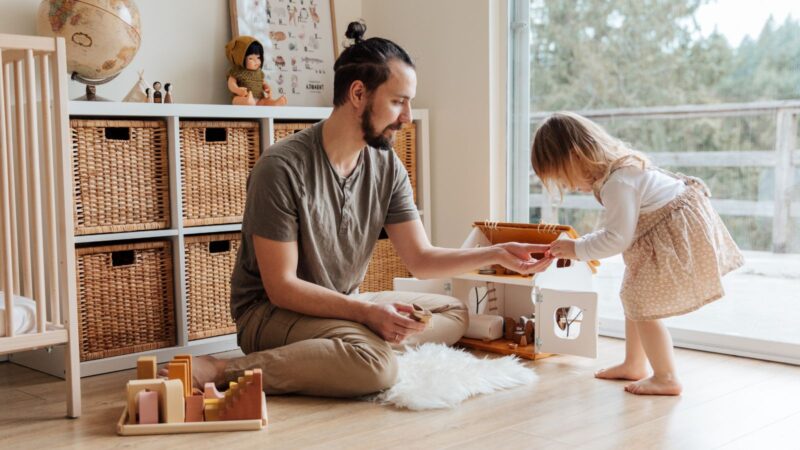
Choosing the right paint shade for your home is an essential aspect of creating an environment that reflects your style and personality. Your chosen color will not only influence the mood and feeling of the space but also its perceived size and the appearance of decor items. Read on for a friendly guide to choosing the perfect shade for your space.
Understanding the Basics
Firstly, let’s dive into the basics of color theory. Familiarize yourself with the color wheel, which is a useful tool for combining colors harmoniously. It’s crucial to understand the relationships between primary, secondary, and tertiary colors and how they interact with each other to create balance and contrast in a space. For instance, house painters Sydney often employ a well-thought-out color scheme that considers the principles of the color wheel, ensuring a cohesive and pleasing result.
Considering Lighting
Natural Light: Pay close attention to the amount and type of natural light a room receives. Spaces bathed in sunlight can handle darker or more vibrant colors, whereas rooms with limited natural light benefit from lighter and brighter shades.
Artificial Light: The type of artificial lighting in a space will also impact how a color appears. LED lights, incandescent bulbs, and fluorescent lighting all affect colors differently, so be sure to test your chosen shade under the lighting conditions of the room.
Exploring Undertones
Every color comes with undertones that can be cool, warm, or neutral. Undertones subtly influence how a color behaves in a space, affecting the overall feel of the room. For example, white paint with blue undertones will give a crisper, cooler feel, while one with red or yellow undertones will impart a warmer ambiance.
Color Psychology
Understanding the psychological effects of colors can guide you in creating a space that aligns with the desired mood and function. For example:

- Red stimulates and energizes, making it ideal for living rooms or dining areas.
- Blue is calming and serene, suitable for bedrooms or bathrooms.
- Yellow is cheerful and welcoming, perfect for kitchens or entryways.
- Green promotes relaxation and tranquility, a versatile choice for various spaces.
Testing the Shades
Before making a final decision, always test your chosen shades on a small section of the wall. Observe how the color changes at different times of the day and under various lighting conditions. This step will give you a more accurate sense of how the shade will look in your space.
Utilizing Online Tools
Many paint brands offer online tools and apps that allow you to visualize different colors in a virtual space. These tools are incredibly valuable for experimenting with color combinations and visualizing the final look before making a purchase.
Consulting Professionals
Don’t hesitate to seek advice from professional interior designers or color consultants. These experts have a deep understanding of colors and can provide personalized recommendations based on your preferences, the architectural style of your home, and existing furniture and decor.
Final Thoughts

Choosing the right shade for your home is a rewarding process that requires careful consideration and a bit of creativity. By understanding the basics of color theory, considering lighting, exploring undertones, recognizing color psychology, testing shades, utilizing online tools, and consulting professionals, you’ll be well-equipped to select a color that transforms your space into a true reflection of your style and personality. Whether you’re going for a complete makeover or a subtle refresh, the right color can make a significant difference in creating a home that is comfortable, inviting, and uniquely yours.












